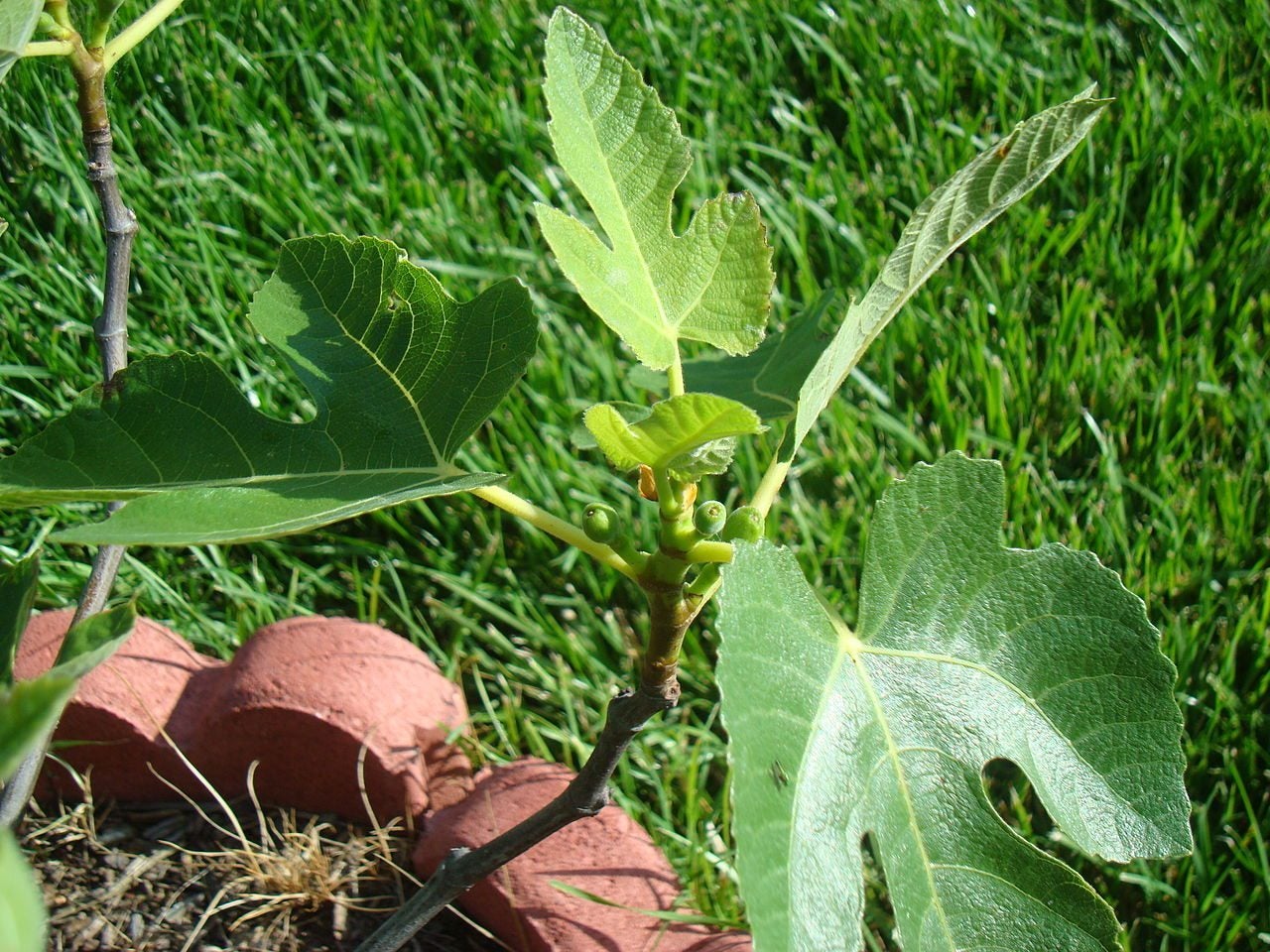What Is A Celeste Fig: Learn About Celeste Fig Tree Care


Figs are a wonderful and unique fruit, and they don’t come cheap (or fresh, usually) in the supermarket. That’s why having your own fig tree, if you can do it, is so valuable. There are plenty of fig varieties on the market, and it’s important to find the one that suits you best. One very popular type is the Celeste fig (Ficus carica ‘Celeste’). Keep reading to learn more about Celeste fig tree care and tips for growing Celeste figs in the garden.
Celeste Fig Tree Info
What is a Celeste fig? The Celeste fig tree produces fruit that is medium in size and has light brown to purple skin and bright pink flesh. The flesh is very sweet, and it’s popular eaten fresh as a dessert fruit. In fact, it is also referred to as “sugar fig” on account of its sweetness. This fig is also a good processing fruit and is frequently used for both preserves and drying. The fruits are “closed eye,” which greatly discourages dried fruit beetles and fruit rots. The trees are very cold hardy for fig trees, with some sellers describing them as hardy down to zone 6. (Some others rate them only down to zone 7.) In these colder zones, lots of care should be taken for winter protection. Celeste figs are resistant to many pests and diseases, and they are self-fertile, which means only a single tree is needed for fruit production.
How to Grow Celeste Figs
Celeste fig tree care is relatively low maintenance, as long as you provide good winter protection. Celeste figs are both heat and cold tolerant. They have a compact growth pattern, usually reaching a mature height and spread of 7 to 10 feet (2-3 m.). They do well in containers. They should not be pruned heavily, as this can reduce fruit production. The trees like full sun and loamy, well drained, neutral soil. They produce their main crop of fruit earlier than most other fig varieties, usually in early summer.
Gardening tips, videos, info and more delivered right to your inbox!
Sign up for the Gardening Know How newsletter today and receive a free copy of our e-book "How to Grow Delicious Tomatoes".

The only child of a horticulturist and an English teacher, Liz Baessler was destined to become a gardening editor. She has been with Gardening Know how since 2015, and a Senior Editor since 2020. She holds a BA in English from Brandeis University and an MA in English from the University of Geneva, Switzerland. After years of gardening in containers and community garden plots, she finally has a backyard of her own, which she is systematically filling with vegetables and flowers.
-
 4 Superfast Composting Methods: Turn Waste Into Garden Gold In 30 Days Or Less
4 Superfast Composting Methods: Turn Waste Into Garden Gold In 30 Days Or LessTry the fastest composting methods to turbocharge your pile and transform kitchen scraps and garden waste into finished compost in just a few weeks.
By Mary Ellen Ellis
-
 Best Spider Plant Soil – Complete Soil Guide And Expert Tips For Keeping Plants Happy
Best Spider Plant Soil – Complete Soil Guide And Expert Tips For Keeping Plants HappySpider plants are fun and easy plants to grow, but what is the best soil for a spider plant? Selecting the right soil is important so they can thrive.
By Bonnie L. Grant